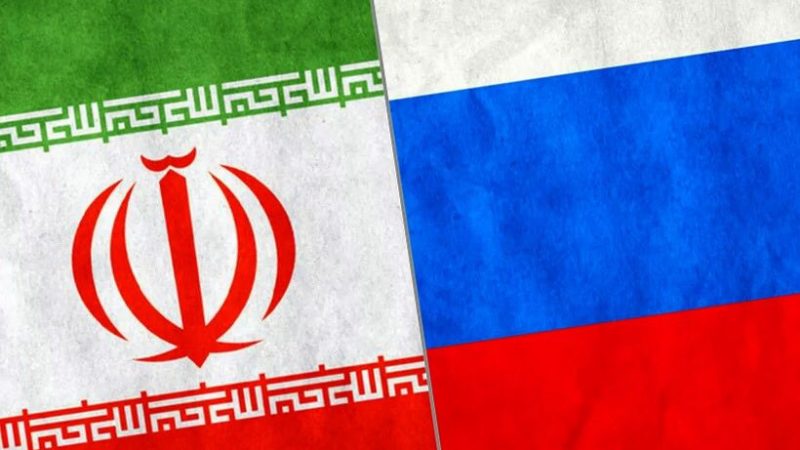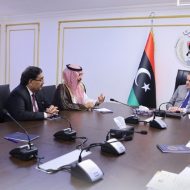Lifting sanctions in the wake of the Iranian nuclear deal opened large opportunities for resource-rich Iran to bring its long-stagnant industry up to date. Most of the oil fields in Iran are in the second half of their production capabilities, with the productivity of wells decreasing by 8% annually. The result has been a decline in foreign exchange earnings and the gradual loss of Iran’s share in the oil market. According to Iranian officials, Iran needs around $100 billion foreign investment in the oil, gas and petrochemical sectors” to increase its oil efficiency.
A major Russian investment in Iran’s energy sector came in the form of Iran’s Bushehr nuclear power plant. Russia has been active in Iranian nuclear power since mid-1990 and has continued cooperation with the country’s nuclear plan despite opposition from the West. Rosatom completed the Bushher Power Plant with some delay, and some analysts believe the cost of completing this power plant was higher than could have been achieved through other companies. Iran and Russia also signed agreements for the construction of a further nuclear power plant. Electricity generated in the Busher Power plant supply just about 2% of Iran’s electricity demands. Nuclear cooperation is thus more so in Russia’s favor.
In 2017, Iran and Russia signed an oil-for-food deal with Iran to be will be implemented next month with the purchase of 100 000 barrels of oil a day from Iran. The first oil for food agreement was signed in 2014, in the midst of EU and US sanctions. In Januray 2014, Iran and Russia an oil-for-goods swap worth $1.5 billion per month that would enable Iran to lift oil exports substantially, undermining Western sanctions. Such agreements could come back on the agenda with the likely return of new US sanctions, and causing Russia to once again play a role in the Iranian energy sector.
By 2015, Russian firms such as Luk Oil and Gazprom began showing interest in investing in Iran’s energy sector. On March 2015, Russia’s Zarubezhneft signed agreements with the Iranian Oil Ministry to boost production at two oil fields in the country’s west. Zarubezhneft and Dana Energy, will develop the Aban and Paydar fields in Ilam province near the Iraqi border jointly with a private Iranian company, to boost production from 36 000 to 48 000 barrels of oil per day. The Russian company Zarupozhgft’s share of this contract is 80%, and the share of the National Iranian Oil Company is 20%. The cost of increasing the production efficiency of Aban and Sustainable West oil fields is estimated at $675 million. In addition, $68 million is also expected to cover indirect costs for the project. Part of this money will be spent on the repair of pumps and replacement of worn pumps.
After US withdraw nuclear deal major foreign companies withdraw from Iran energy sector. Luk oil official said that they no more consider invest in Iran oil and gas fields. It should be noted that in during past years and last round of US and EU sanctions, Russia had no major investments in Iran’s upstream industry. Russia prefers to invest in oil and gas fields which will pose no threat to its own oil and gas market. Both countries are trying to use their vast hydrocarbon reserves as a political tool to get more gain in their relations with rest of the world. Thus, despite its diplomatic and economic cooperation with Iran, Russia is in favor of any sanctions which decrease Iran’s oil and gas production capacity.
Limiting the production capacities of Iranian oil and gas is in favor of Russia and other major oil producers. At present, Iran only exports natural gas to Turkey and has no major plans to export more natural gas for other countries. In terms of natural gas and LNG, Iran is far from posing a threat to the Russian market, but in oil Iran still has potential. US new sanctions aimed at decreasing Iran’s oil exports give an opportunity to Russia to fill the vacuum and take Iran’s would-be share in the regional and global market, especially in Asia and the EU.
Russia’s investments in Iran have led to closer coordination in foreign policy, not least with regards to Syria. Last year, and in mid-2018 ,Russian official many times declared their interest in investing about 50 b$ in Iran’s energy sector. In the first week of July, the Senior Advisor to the Leader of Iran’s Islamic Revolution in International Affairs, Ali Akbar Velayati visited Russia, and after negotiations with Russian officials said that Russia was ready to invest 50 b$ in Iran’s energy sector. The discussion focused on Russo-Iranian cooperation on issues in the region, including developments in Syria. The parties reaffirmed their commitment to the Joint Comprehensive Plan of Action on Iran’s Nuclear Deal (JCPOA), Iran-Russia energy relations after US withdrawal from the JPCOA, thereby utilizing the situation to further bilateral relation with an obvious increase in Russian influence on Iran. In an alternative scenario, Iran could provide an alternative to Russian gas for the EU in the long term.
On 23 July , Iranian Oil Minister Bizhan Zanghaneh attended the Gas Exporting Countries Forum (GECF) in Moscow, meeting with Russian Energy Minister Alexander Novak. They discussed bilateral relation, particularly in the field of energy. Last March, Russia and Iran signed a string of cooperation agreements in various fields, including energy. Details of the outcome of these meetings have still not been distributed to the press.
The actual question is whether despite the US opting out of the nuclear agreement, whether Russian investments in the country’s natural gas and oil fields will have an impact? This rests on whether the investments will go towards developing infrastructure and technological capacities. If this is the case, then which countries will benefit from purchasing renewed output? How will this renewal impact Iran’s regional relations? Will Russia eye this development closely? The coming months will reveal much on this front.









Leave a Reply